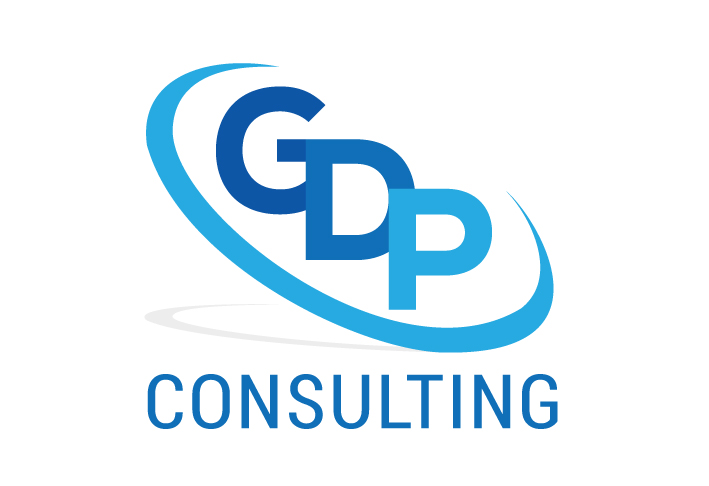There are 17 Elements in the Decision Making Model of Governance by Brenda Kelleher-Flight Ph.D.

They are outlined in the table below.
| This model requires a governance board to: |
| Focus on the vision and the mission |
| Distinguish motherhood from strategic values, and recommend evaluations to determine if the values are being practiced. |
| Primarily focus externally but not lose sight of the needs of internal clients especially when it comes to learning and growth issues and internal business processes which require budgetary support, while honoring the concerns and ideas of each board member. |
| Enable an outcome-driven organizing system and expect supporting information related to outputs. |
| Separate governance from management issues, deal with all governance issues, and refrain from delegating governance issues to the CEO. |
| Use forward thinking but not at the expense of history or culture. |
| Enable proactivity and inclusive practices. |
| Equally value personal experience and field-specific expertise; expect openness and receptivity to diversity and conflict. |
| Consider all stakeholders equally, include marginalized individuals because there is no hierarchy of importance. |
| Have a system of checks and balances to ensure the focus remains on governance, remain receptive to individual concerns, routing them through the proper channels and providing feedback for information purposes when it is important. |
| Delineate the role of the board, individual members, sub-committees and the CEO, ensuring each member understands exactly what power and authority has been delegated to him. |
| Determine what information is needed and what information is wanted. |
| Control all governance functions; recognize that the legal authority to conduct the board’s business is vested in the board; and, vigorously manage governance risks and not manage the operations of the organization. |
| Develop agendas collaboratively, focusing on governance issues. |
| Recognize that choice-consideration dialogue with stakeholders is critical. |
| Plan strategically in collaboration with the moral and legal owners, recognizing that ‘power’ is with not over others but with others. |
|
Report to the moral and legal owners what has been achieved on their behalf. |

